M&S is making its biggest-ever supply chain investment with a new £340m distribution centre, prioritising automation and placemaking for staff
It will be M&S’s biggest-ever supply chain investment, its largest distribution centre, and an example of the very latest advancements in warehouse design. Announced last month and expected to open by 2029, the £340m, 1.3 million sq ft depot at Daventry International Rail Freight Terminal (DIRFT) is set to modernise the M&S supply chain, turbocharging its planned transformation into a destination for the weekly shop.
So, what’s so cutting-edge about the planned new DC? And what can it tell us about the changing nature of food warehouse logistics?
M&S has partnered with Austria-based TGW to equip the site with automation that will be “leading in the UK”, according to M&S Food MD Alex Freudmann.
It will start with the automated scanning of products on arrival and continue until they’re stacked in cages for delivery to stores. In between, robots, ‘high-speed shuttles’ and automated cranes will move ambient products into a 30m-high storage bay on pallets, and out again when needed.
“This is the really clever part,” says Freudmann. “Product gets picked [by robots] into an M&S proprietary cage aisle-ready. And the system knows the location of every product in every store. So if biscuits and jam are in aisle four in your store, that’s how they’ll be arranged when the cage arrives.”
It’s different for “every single store”, and it “frees up the time of store colleagues, who at the moment need to resegregate stock”, he says.
“The other clever thing is it gets really good cage fill rates. It knows all the dimensions and weights, so it’s clever enough to put heavy stuff at the bottom and light stuff at the top and minimise air gaps. So you end up with improved efficiency on the road because you have fuller cages and lorries.”
The retailer’s ‘picked to zero’ model for its chilled ranges mean those products bypass the storage stage but still leave aisle-ready in the same way.
The DC will “still create 1,000 jobs but different kinds of jobs”, says Freudmann. “It’s less manual handling roles but lots of engineering and technical jobs. It’s really high-quality employment.”
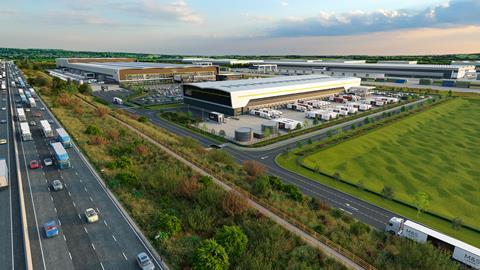
Sustainability
“Sustainability in building design is right at board level when it comes to investment decisions,” says Paul Weston, UK regional head at Prologis, the NYSE-listed logistics developer building the DC.
Hence, the site is designed to achieve an ‘outstanding’ rating – the highest attainable – under the green certification system for buildings, known as the Building Research Establishment Environmental Assessment Method (BREEAM).
“Placemaking is common in offices. We’re doing the same in logistics – you need to be able to attract and retain staff”
Paul Weston, Prologis
Rooftop solar panels will generate a megawatt of peak power, “which is as much as the building will need to run, meaning it will be net zero in operation”, says Simon Cox, senior VP at Prologis, which also owns the DIRFT logistics hub.
Reuse of packaging materials is another major component of the design, taken care of in one of two buildings that will make up the M&S site.
“The second building is an automated returns recycling unit,” says Freudmann. “That’s for cages and trays and tray washing. The green trays need to come back, get cleaned so they’re food safe, and then get reissued to suppliers to be used again. We do that today, but this is a massive change because it centralises it in one place.”
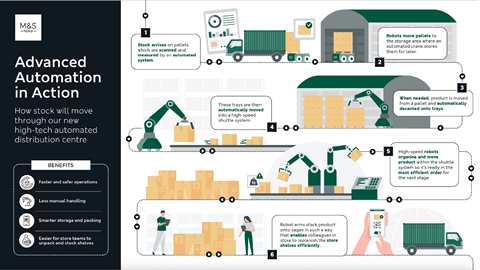
Supply chain resilience
DIRFT is also home to DCs operated by Tesco, Sainsbury’s and Dunelm, and the choice of location represents a growing need for built-in supply chain resilience, says Weston.
“You get something like the Suez Canal blockage and quite quickly boats are getting diverted around the Horn of Africa and coming into our big ports in other ways. Supply chains are adaptable, but you need to have the buildings to be able to flex.
“DIRFT has the advantage of being at the UK’s largest inland port, with rail and road links. All goods coming into the likes of Felixstowe, Southampton, and London Gateway have rail routes into DIRFT.”
Retailers can also achieve major carbon savings by turning to trains instead of HGVs, and “we see the likes of Sainsbury’s and Tesco moving a lot of stuff on rail today”, says Weston.
Tesco turned to the railways to beat lockdown supply chain disruption ahead of Christmas 2021. It launched its 10th rail service, between DIRFT and Trafford Park, in October last year, for which it picked up Supply Chain Initiative of the Year at The Grocer Gold Awards in July.
Freudmann says: “We haven’t decided how we’re going to use that yet, but there are a number of different potential applications for rail from the site.”
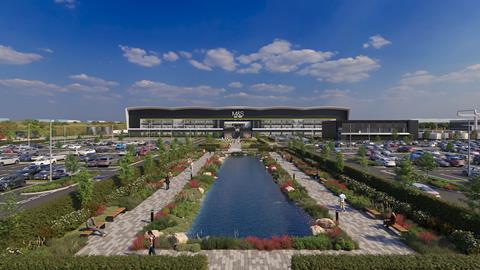
Placemaking
The labour market for logistics hubs, and the changing skills they require, mean the days are gone when a charmless, grey mega-shed tucked aside a motorway junction would do.
“Placemaking has been really common in the office sector for years,” says Weston. “We’ve been doing the same in the logistics world, because you need to be able to attract and retain staff.”
DIRFT has parkland, nature trails and running tracks – but placemaking is about more than just the built environment. “We have an annual carol concert at DIRFT,” says Weston. “We’ve just had our first five-a-side football tournament between companies on the hub. These are things you might not associate with a logistics hub. It’s about trying to create much more than faceless buildings.”
Making sure it’s an attractive space, rather than a faceless one, is also “really important” to M&S, says Freudmann. After all, it will represent “our brand” to the millions who pass it on the M1, he says.
“It’s in a very visible location, and we want the thing to stand for generations and be a building that we and colleagues and the public can be proud of.”


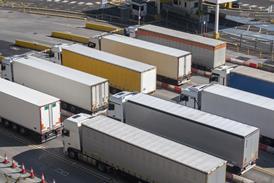

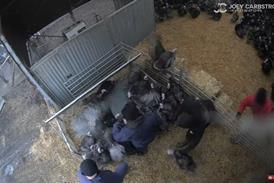
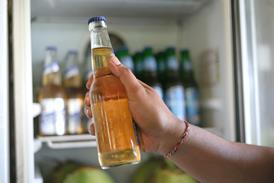


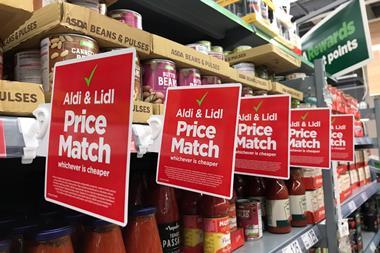
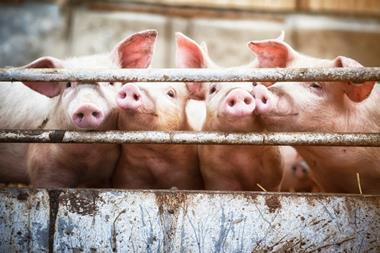
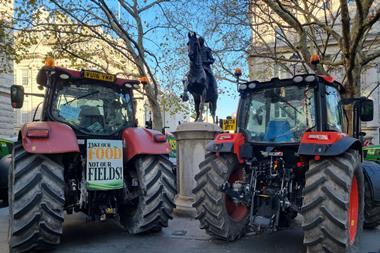
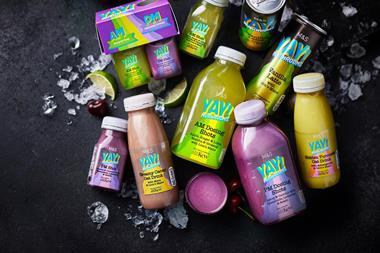


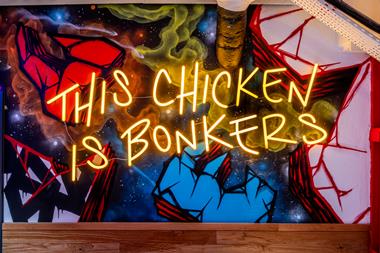

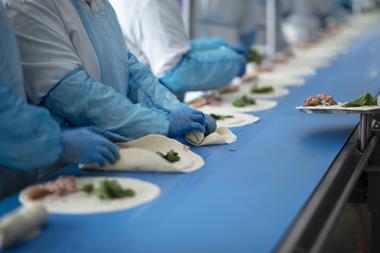

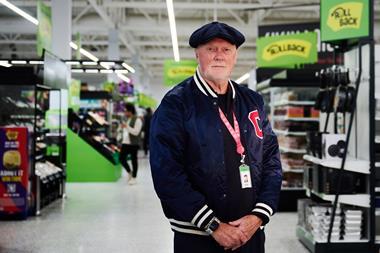

No comments yet